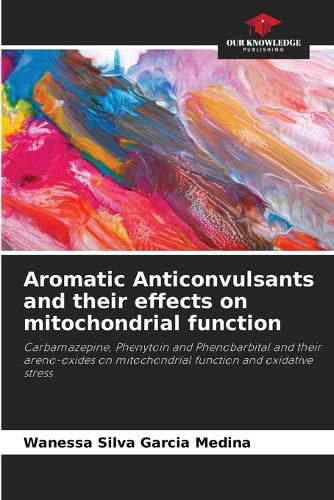Readings Newsletter
Become a Readings Member to make your shopping experience even easier.
Sign in or sign up for free!
You’re not far away from qualifying for FREE standard shipping within Australia
You’ve qualified for FREE standard shipping within Australia
The cart is loading…






This title is printed to order. This book may have been self-published. If so, we cannot guarantee the quality of the content. In the main most books will have gone through the editing process however some may not. We therefore suggest that you be aware of this before ordering this book. If in doubt check either the author or publisher’s details as we are unable to accept any returns unless they are faulty. Please contact us if you have any questions.
This book sets out some relevant concepts and information on the role that the liver plays in the metabolic disposition of various endogenous and exogenous chemical agents, including almost all drugs. During the biotransformation process, highly reactive intermediate metabolites can be formed which, if not properly eliminated, can interact with cellular macromolecules, damaging the organ. The idiosyncratic hepatotoxicity associated with the use of aromatic antiepileptics is well known and has been attributed to the accumulation of toxic intermediates formed during hepatic bioactivation. In this study, we evaluated, in vitro, the effect of carbamazepine, phenytoin and phenobarbital, as well as their respective metabolites, on mitochondrial function and the induction of oxidative stress in rat liver mitochondria, as a possible mechanism of hepatotoxic action of these drugs. After all the studies carried out, we can say that the results suggest the involvement of mitochondrial damage, mediated by oxidative stress caused by the metabolites of aromatic anticonvulsants, in the development of idiosyncratic hepatotoxicity induced by these drugs.
$9.00 standard shipping within Australia
FREE standard shipping within Australia for orders over $100.00
Express & International shipping calculated at checkout
This title is printed to order. This book may have been self-published. If so, we cannot guarantee the quality of the content. In the main most books will have gone through the editing process however some may not. We therefore suggest that you be aware of this before ordering this book. If in doubt check either the author or publisher’s details as we are unable to accept any returns unless they are faulty. Please contact us if you have any questions.
This book sets out some relevant concepts and information on the role that the liver plays in the metabolic disposition of various endogenous and exogenous chemical agents, including almost all drugs. During the biotransformation process, highly reactive intermediate metabolites can be formed which, if not properly eliminated, can interact with cellular macromolecules, damaging the organ. The idiosyncratic hepatotoxicity associated with the use of aromatic antiepileptics is well known and has been attributed to the accumulation of toxic intermediates formed during hepatic bioactivation. In this study, we evaluated, in vitro, the effect of carbamazepine, phenytoin and phenobarbital, as well as their respective metabolites, on mitochondrial function and the induction of oxidative stress in rat liver mitochondria, as a possible mechanism of hepatotoxic action of these drugs. After all the studies carried out, we can say that the results suggest the involvement of mitochondrial damage, mediated by oxidative stress caused by the metabolites of aromatic anticonvulsants, in the development of idiosyncratic hepatotoxicity induced by these drugs.